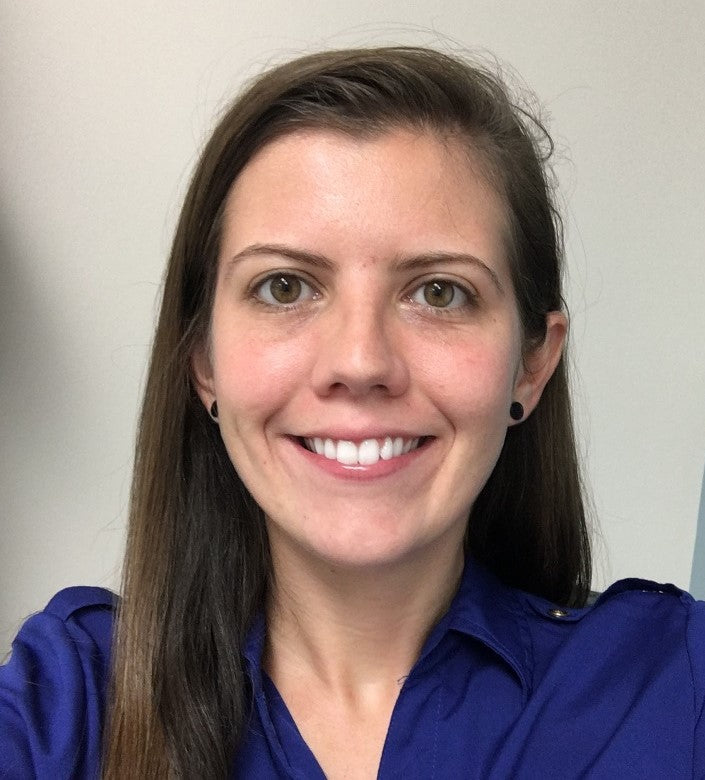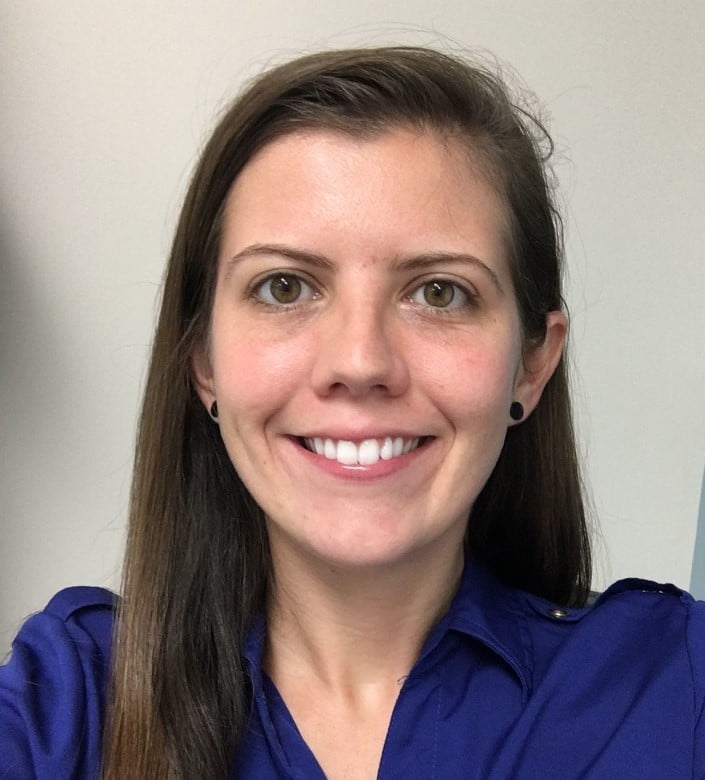About
ASL is the third most-used language in the United States. With this American Sign Language course you will be able to interact with the 500,000 people who use ASL every day and the 2 million who have ASL as a second language.
Learn a life skill that will benefit both your work and personal abilities through a comprehensive and easy to follow course. We have prepared nearly 70 videos for you to watch and practice signs, as many times as you want.
Learning American Sign Language with International Open Academy takes you beyond the basics:
- You will master ASL grammar and vocabulary and be able to practice at your own pace
- Humor, fun expressions and informal language
- You will learn how to hold conversations, ask questions, tell jokes
- Understand the history and background of American Sign Language
- Discover more about Deaf etiquette so you feel comfortable in any situation
Recommended Study Time: 50 hours. Completion is recognised with 50 CPD points. See our Accreditation section for more information and to explore all of the certification options available.
Requirements
International Open Academy courses are designed for anyone with an interest in learning. No formal qualifications are required to study with us. Our courses are suitable if you want to learn new skills, start a new career, or if you’re already working in a particular industry and wish to upgrade your talents and enhance your resume.
Lessons
Module 1: The Basics
- What is ASL
- Alphabet
- Who Uses ASL
- A Quick History of ASL
- Getting Started
Module 2: Numbers, Parameters and Grammar
- Numbers
- Parameters
- Grammar and Structure
Module 3: Introductions
- Introduction Vocabulary
- Name Sign
- Deaf Etiquette
- Facial Expressions
Module 4: People & Places, Gender And Body Language
- People and Places Vocabulary
- Gender Distinction
- Using Body Language
Module 5: Conversation I
- Conversational Vocabulary
- Is ASL Universal
- Questions Vs. Statements
- Phonology in ASL
Module 6: Job & Education, Lexicalized Signs And Morphology
- Job/Education Vocabulary
- Lexicalized Signs
- Morphology in ASL
Module 7: Descriptions, Classifiers And Syntax
- Descriptions Vocabulary
- Classifiers
- ASL Syntax
Module 8: Conversation II
- Making Plans Vocabulary
- Number Incorporation
- Expressive Sentences
- Variations in ASL
- Improving Your Vocabulary
Career
Who is this course for?
- Anyone who deals with the public - from shop assistants to social workers - will benefit from knowing ASL to better understand their Deaf customers and clients
- People who are around Deaf people including family members and colleagues
- Those losing your hearing and starting to feel isolated by your inability to understand and communicate as well as before
- First responders or other medical professionals who need to communicate with everybody, particularly in emergencies
- Students interested in interpreting in the classroom, government agencies, museums, hospitals or on TV
Career Path
- Become a translator or interpreter in many professional fields including television
- Teachers and classroom assistants who know ASL will be a great asset to the classroom
- ASL fluency is needed for specialized careers in health, education, and therapy.
Certification
You will be required to complete each lesson in full, and answer exams at the end of each course module. If your pass rate exceeds 55% on each exam then you are eligible to access a certificate of achievement or other accreditation options to recognize your achievement.
Most of our courses will earn you credits through Continuing Education (CE) / Continuing Professional Development (CPD). CE/CPD points are accepted and recognized by professional member bodies and academic institutions across the US and internationally.
All courses are accredited by the International Council for Online Educational Standards (www.icoes.org) and the The International Association of Private Career Colleges (www.iapcc.org). When successfully completing a course, students can choose to purchase an ICOES certificate that recognizes the achievement, from this third-party institution.
Creator
Jackie Haig
Expertise: Sign Language
Jackie Haig has a Masters in Adult Education and a Bachelors in Deaf Studies. Currently, she works as a college instructor for American Sign Language 1 and 2. She has tutored, volunteered, and facilitated workshops with families who have limited sign language knowledge or experience and helped them to become more fluent.
American Sign Language 
144250 Students. ICOES Accredited. IAPCC and CPD Certified.
144250 Students.
ICOES Accredited.
IAPCC and CPD Certified.

About
ASL is the third most-used language in the United States. With this American Sign Language course you will be able to interact with the 500,000 people who use ASL every day and the 2 million who have ASL as a second language.
Learn a life skill that will benefit both your work and personal abilities through a comprehensive and easy to follow course. We have prepared nearly 70 videos for you to watch and practice signs, as many times as you want.
Learning American Sign Language with International Open Academy takes you beyond the basics:
- You will master ASL grammar and vocabulary and be able to practice at your own pace
- Humor, fun expressions and informal language
- You will learn how to hold conversations, ask questions, tell jokes
- Understand the history and background of American Sign Language
- Discover more about Deaf etiquette so you feel comfortable in any situation
Recommended Study Time: 50 hours. Completion is recognised with 50 CPD points. See our Accreditation section for more information and to explore all of the certification options available.
Requirements
International Open Academy courses are designed for anyone with an interest in learning. No formal qualifications are required to study with us. Our courses are suitable if you want to learn new skills, start a new career, or if you’re already working in a particular industry and wish to upgrade your talents and enhance your resume.
Lessons
Module 1: The Basics
- What is ASL
- Alphabet
- Who Uses ASL
- A Quick History of ASL
- Getting Started
Module 2: Numbers, Parameters and Grammar
- Numbers
- Parameters
- Grammar and Structure
Module 3: Introductions
- Introduction Vocabulary
- Name Sign
- Deaf Etiquette
- Facial Expressions
Module 4: People & Places, Gender And Body Language
- People and Places Vocabulary
- Gender Distinction
- Using Body Language
Module 5: Conversation I
- Conversational Vocabulary
- Is ASL Universal
- Questions Vs. Statements
- Phonology in ASL
Module 6: Job & Education, Lexicalized Signs And Morphology
- Job/Education Vocabulary
- Lexicalized Signs
- Morphology in ASL
Module 7: Descriptions, Classifiers And Syntax
- Descriptions Vocabulary
- Classifiers
- ASL Syntax
Module 8: Conversation II
- Making Plans Vocabulary
- Number Incorporation
- Expressive Sentences
- Variations in ASL
- Improving Your Vocabulary
Career
Who is this course for?
- Anyone who deals with the public - from shop assistants to social workers - will benefit from knowing ASL to better understand their Deaf customers and clients
- People who are around Deaf people including family members and colleagues
- Those losing your hearing and starting to feel isolated by your inability to understand and communicate as well as before
- First responders or other medical professionals who need to communicate with everybody, particularly in emergencies
- Students interested in interpreting in the classroom, government agencies, museums, hospitals or on TV
Career Path
- Become a translator or interpreter in many professional fields including television
- Teachers and classroom assistants who know ASL will be a great asset to the classroom
- ASL fluency is needed for specialized careers in health, education, and therapy.
Creator
Jackie Haig
Expertise: Sign Language
Jackie Haig has a Masters in Adult Education and a Bachelors in Deaf Studies. Currently, she works as a college instructor for American Sign Language 1 and 2. She has tutored, volunteered, and facilitated workshops with families who have limited sign language knowledge or experience and helped them to become more fluent.



